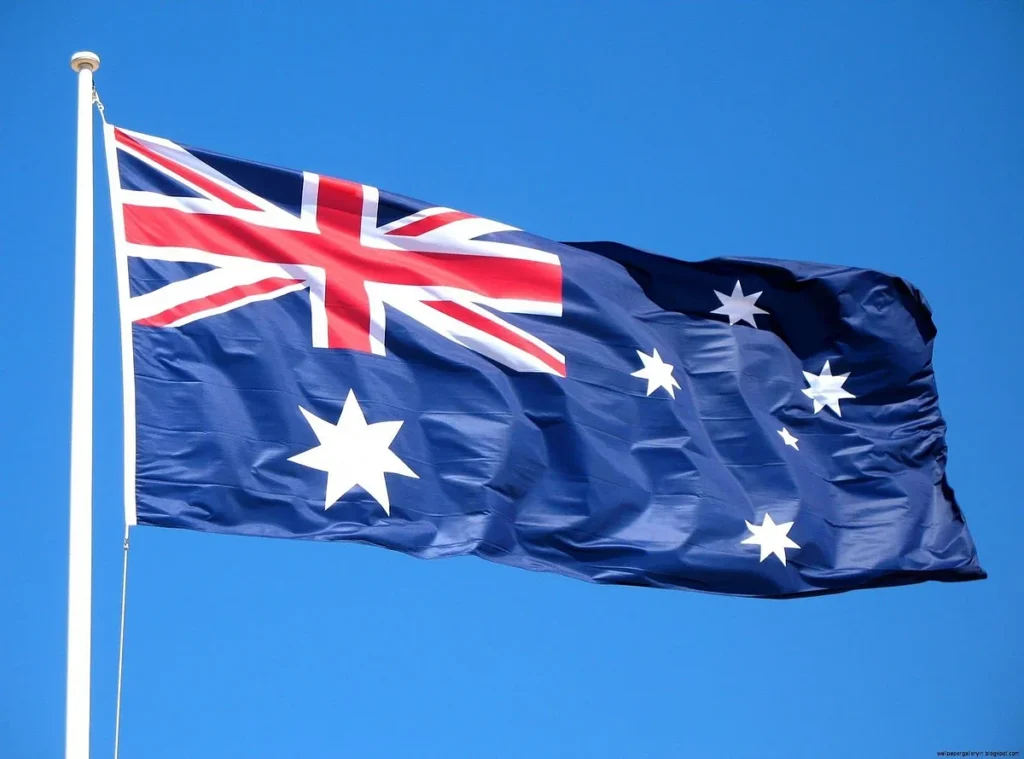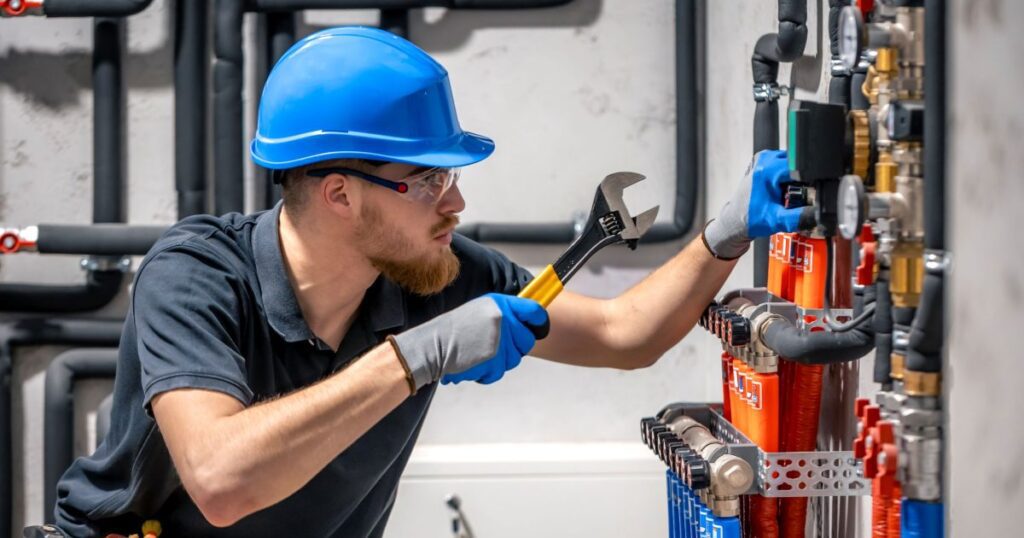Low-Skilled Migration Hurts Aussie Economy and Productivity

Understanding Australia’s Immigration Conversation
In August, the Australian government’s Economic Reform Roundtable will meet to discuss vital issues affecting the economy. However, one word is notably off-limits during these discussions: immigration.
The Current Focus
Right now, the spotlight is on high-skilled permanent migration. This includes skilled workers seeking to settle in Australia for the long term. But, let’s clear things up: the majority of immigrants in Australia do not fall into this permanent or high-skilled category. Many come for temporary roles, often contributing significantly to our workforce.
Insights into the Immigration System
The Australian immigration landscape can be quite intricate. For those considering making Australia their home, understanding some key visa categories can be beneficial.
-
Temporary Skill Shortage (482 Visa): This visa allows employers to address labour shortages by sponsoring skilled workers from overseas. It’s a pathway for those wanting to come to Australia on a temporary basis.
-
Skilled Independent Visa (189): This is a permanent visa for invited workers who are not sponsored by an employer or family member. It is based on points, which include factors like age, skills, and work experience.
-
Skilled Nominated Visa (190): Similar to the 189, this visa requires state or territory nomination. It allows skilled workers to live and work in Australia as permanent residents.
-
Skilled Work Regional (491): This is a provisional visa for skilled workers nominated by a state or territory to live and work in regional Australia. After a certain period, it can lead to permanent residency.
- Accountable Employer Work Visa (AEWV): In New Zealand, this is a new visa framework for employers to make sure they meet labour needs with international talent.
First-time applicants should keep the ANZSCO (Australian and New Zealand Standard Classification of Occupations) in mind, as it classifies jobs and helps determine visa eligibility.
If you’re looking to migrate, applying through SkillSelect is key. It’s an online system that manages skilled visa applications, allowing prospective migrants to express their interest based on their experiences and qualifications.
Lastly, understanding the TSMIT (Temporary Skilled Migration Income Threshold) is essential. This threshold decides the minimum salary for overseas workers coming to Australia.
Job Opportunities Ahead
Australia continues to have thriving job markets in various sectors like healthcare, engineering, IT, and hospitality. If you’re new to the job market here, leveraging these high-demand industries can increase your chances of finding a role and obtaining visa sponsorship.
It’s also a good idea to research businesses that are known to sponsor visas. Networking can really help, too. Often, building connections can lead to job opportunities that align with your skills and migration goals.
Considerations for Job Seekers
As you’re exploring job opportunities, keep an eye on the qualifications and skills in demand. Being adaptable and open to various roles can maximise your job prospects. Also, familiarising yourself with Australian workplace culture can be beneficial in interviews and networking situations.
Remember, the migration process can feel daunting, but you’re not alone! Many resources and communities, such as forums and social media groups, can offer support and answer your questions.
What do you think?
Have a question about this topic or your own plans to move to Australia or New Zealand? Scroll down and leave a comment. We’d love to hear from you.
Thinking about moving to Australia?
Join our free and supportive community at Oz Visa Forum.
Post in our forums to get advice and support from people who’ve already made the move.
Not sure where to start? Click here to get started







Responses